Understanding Solidity: The Most Used Smart Contract Language
Dive into the world of Solidity, the most popular smart contract language. Learn its essential components, best practices, and how it compares to alternatives. Discover how the Bitfinity EVM bridges Solidity with Bitcoin for enhanced opportunities.
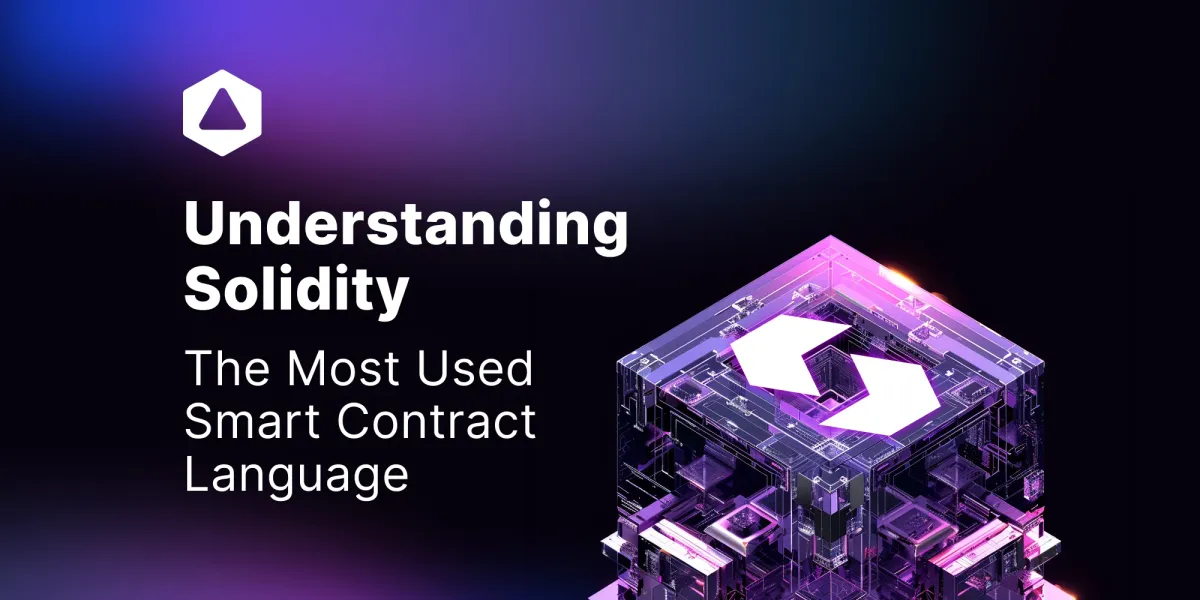
Decentralized applications are becoming the norm and are slowly replacing traditional web applications altogether. Unlike traditional web applications, these decentralized applications are more transparent and are built differently.
In this article, we take a look at the most used smart contract language for the majority of blockchain apps, Solidity, which is one of the most accessible language options for blockchain app developers, and see how this relates to Bitfinity.
Understanding Solidity: The Most Used Smart Contract Language
Although there are several smart contract languages out there, Solidity is the 'one to rule them all'.
Developers use Solidity, especially on the Ethereum and EVM-compatible blockchains, to write and deploy an ownerless, unstoppable, non-custodial, open-source applications that could potentially run on its own forever.
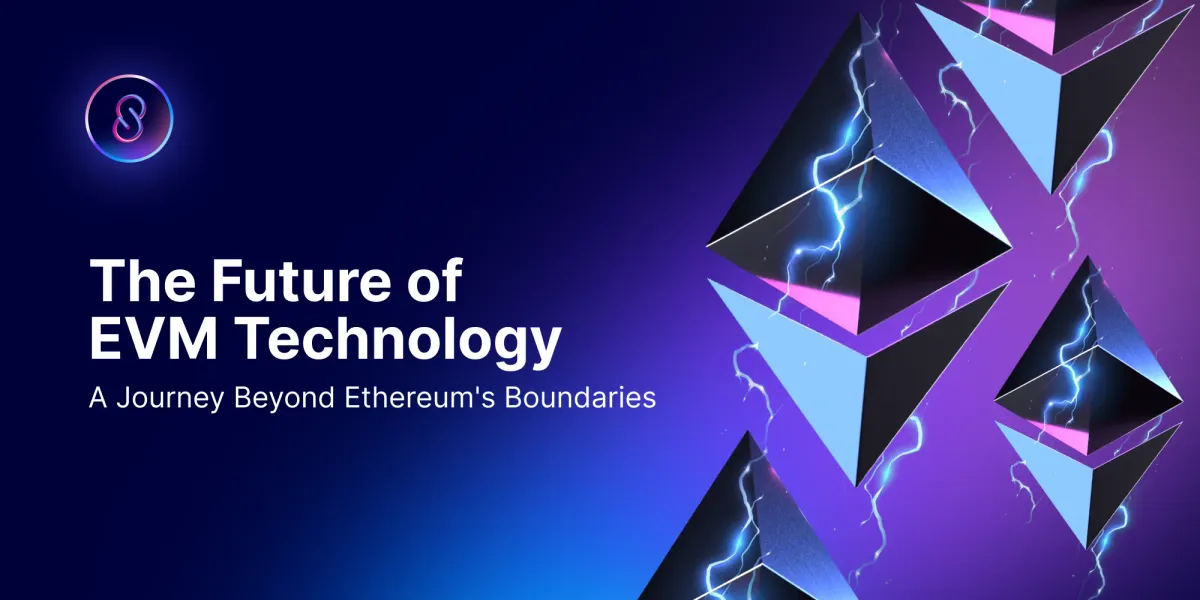
Solidity was proposed in August 2014 by Gavin Wood and was later developed by the Ethereum project's Solidity team. The reason why it became popular as the first smart contract language was due to the first-mover advantage of Ethereum and broad adoption among Web3 developers.
Well, what makes Solidity a top choice for developers? Solidity is a high-level language favored for its fast coding capabilities due to the abstraction of low-level details. Its syntax is much like JavaScript, which eases the transition for developers from traditional applications to Web3.
On top of that, Solidity comes with a wealth of libraries, tooling, documentation, and community support. So there is more documentation on this Web3 language than any other decentralized application coding language.
Solidity for Smart Contracts
Now that we know why Solidity got its reputation in our niche, we briefly look back at how it relates to the working of (decentralized) applications, or more importantly, 'smart contracts'.
Smart contracts are nothing more than automated agreements facilitated by blockchain technology that spring into action when predetermined conditions are met.
In 1994, Nick Szabo, an American computer scientist, introduced smart contracts into blockchain technology. He defined smart contracts as computerized protocols that automatically execute conditions or set agreements without needing an intermediary.
The Ethereum Virtual Machine (EVM), a single, global virtual machine that ensures the safe execution of all smart contracts on the Ethereum blockchain, provides a sandboxed environment and enforces rules for contract execution. More importantly, this EVM can be brought to Bitcoin, the biggest and most liquid blockchain.
The Bitfinity EVM
Bitfinity creates a seamless interface between Bitcoin and Ethereum ecosystems by enabling the deployment of Solidity smart contracts via the Bitfinity EVM, which allows users to manage Bitcoin assets such as BTC, BRC-20, and Ordinals Runes directly on it.
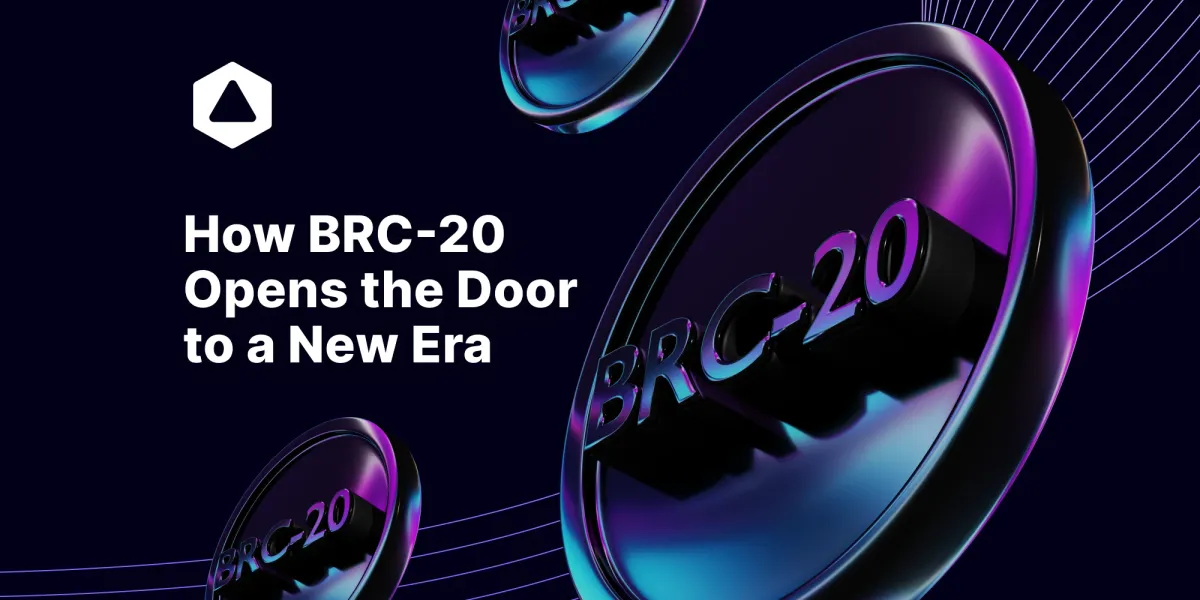
Facilitated by the Bit-Fusion-SDK, which supports decentralized bridging of these assets from both Ethereum and Bitcoin, users can leverage the highly secure blockchain and the enormous liquidity of Bitcoin while accessing diverse and sophisticated decentralized applications that are available, written in Solidity, and already deployed in the Ethereum space.
The Bitfinity Network EVM Testnet, which has been live for quite a while now, lets us peek into what will be made possible at speeds that are 100X faster than the Ethereum Mainnet.
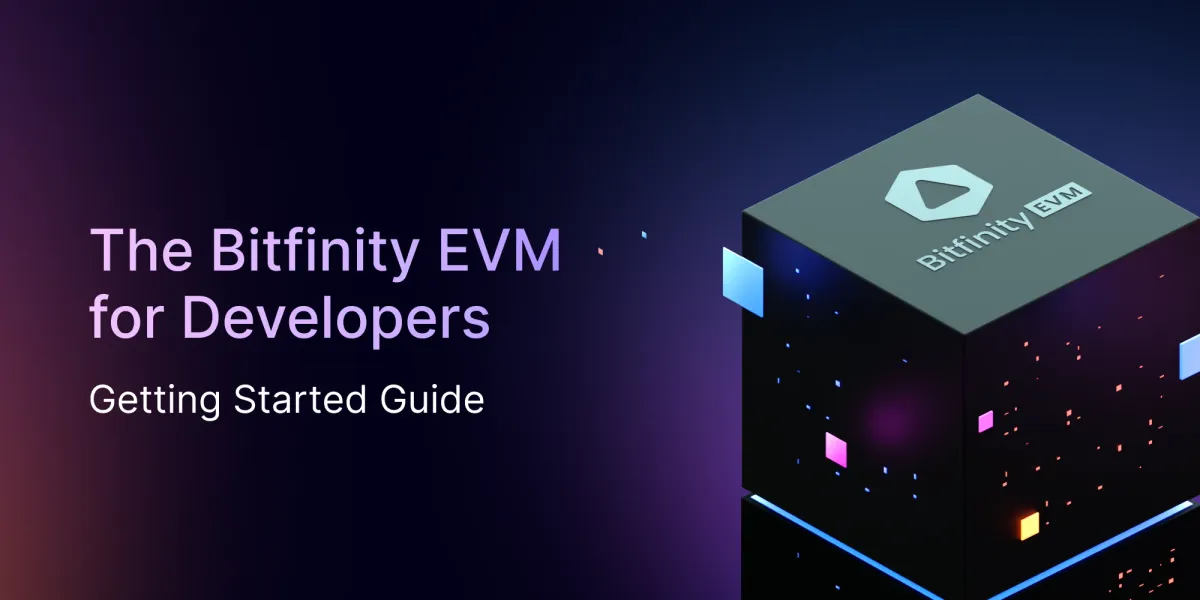
Essential Components of Solidity Smart Contract
Solidity uses ECMAScript-like syntax, which makes it familiar for existing web developers, but it is different from other EVM-targeting languages in some important ways. It's also important that you understand these ways that make up a Solidity smart contract.
Each of these components has its distinct characteristics and role in creating a successful Solidity smart contract. These components include variables, functions, operators, arrays, and mappings.
Variables and Functions in Solidity
While writing a Solidity smart contract on Remix or any other Integrated Development Environment (IDE), you need variables and functions.
Variables help to store data within the smart contract. This data can represent the state of the contract or any temporary values needed during contract execution. There are two major types of variables: state variables and local variables.
- State variables, like "string public myString," store data permanently on the blockchain. Other common types of state variables include booleans, integers, and blockchain addresses.
- Meanwhile, local variables exist only for the duration of the function execution.
In addition to the concept of variables, you can learn about functions, which are the building blocks for a smart contract's behavior. They specify actions that the contract can perform and define how the contract responds to external calls.
In Solidity, you'll also come across two major types of functions: write functions and read functions. Write functions can alter the state of a blockchain, while read functions help to retrieve data without any cost.
When writing Solidity smart contracts, you can define functions to perform tasks such as transferring tokens, updating contract state, or returning contract data.
Operators and Arrays in Solidity
Understand that Solidity supports various operators, including basic arithmetic operators like addition, subtraction, multiplication, division, and modulus. Below is an image representation of some common Solidity operators.
Arrays in Solidity are similar to those in many other programming languages. Arrays allow developers to store and manipulate data efficiently, making them a crucial data structure in Solidity smart contracts. Just like in different languages, you can also have string arrays.
Developers can manipulate arrays through various functions. For instance, you can read from an array, get its length, add an item with the push function, remove the last element with pop, or even delete an element at a specific index using the delete keyword.
We encourage readers to watch this YouTube video for an in-depth and practical understanding of how Solidity arrays and operators work.
How to Write the Solidity Smart Contract Language
When writing Solidity smart contracts, choosing the right Integrated Development Environment (IDE) tool is crucial for creating your Solidity smart contracts. One popular choice is Remix, which can be accessed at remix.ethereum.org.

Below is an example of how to write smart contracts using the Remix IDE.
- Visit the Remix website at remix.ethereum.org.
- Use the "+" icon to create a new Solidity file or import an existing one.
- Write your smart contract code in the code editor panel.
- Once you've written your smart contract code, compile it by clicking on the "Solidity Compiler" tab on the right side of the Remix interface. Then, click on the "Compile" button to compile your contract.
- After successfully compiling your contract, you can transfer it to the Ethereum blockchain using the "Deploy & Run Transactions" tab in Remix.
- Deploy your smart contract code and test its functionalities using simulated transactions. You can do this using the JavaScript VM (virtual machine) or other testing environments provided by Remix.
- Always remember to save your work. Use the disk icon in the file explorer panel or the keyboard shortcut (Ctrl + S on Windows/Linux or Cmd + S on macOS).
If you are more interested in how to deploy your Solidity smart contract to the Bitfinity EVM, take a look at our article below.
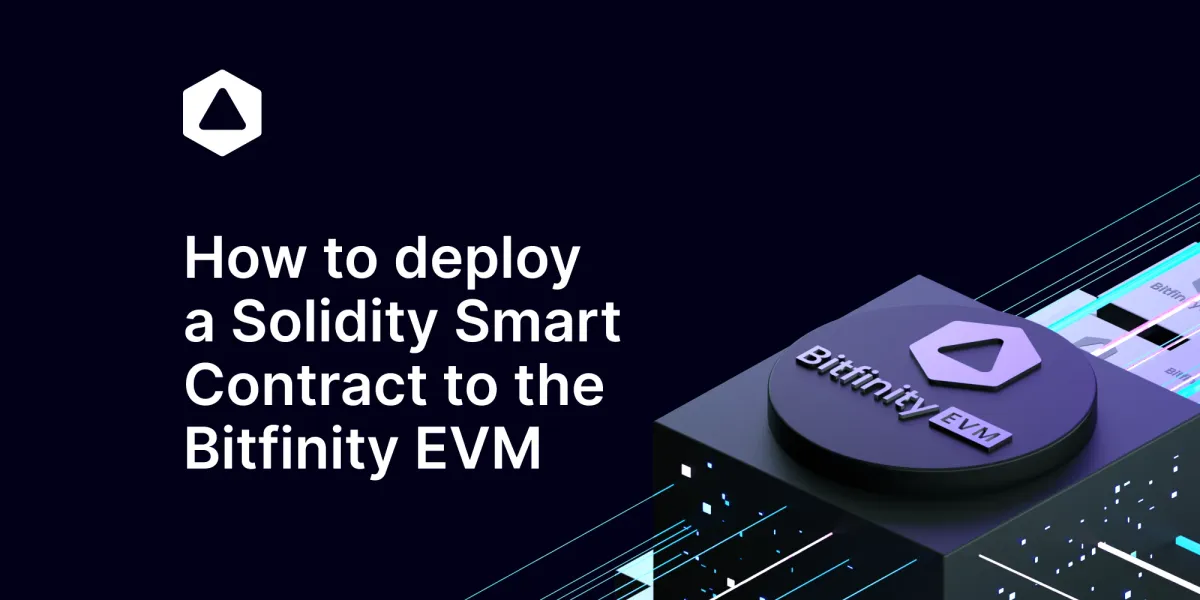
Why is Solidity a Top Choice for Developers?
Solidity stands as the preferred language for smart contract development because it resembles JavaScript. Solidity also comes with protective measures. It helps to boasts a wealth of libraries, tooling, documentation, and community support.
And the numbers don't lie, with the Ethereum ecosystem that has the biggest and most extensive developer community in Web3, with over 7,800 monthly active developers. The numbers speak for themselves.
In comparison, the Bitcoin ecosystem, although smaller with 1,000+ developers, is also continuously growing. Let's imagine if the two worlds of developers can be bridged and their magic hands could work in unison.
Are There Disadvantages of Using Solidity?
As much as you may have loved the idea of Solidity being the perfect language, this smart contract language has its flaws. Hence, developers should know that Solidity has weaknesses, such as security concerns, complexity, and unpredictable gas costs.
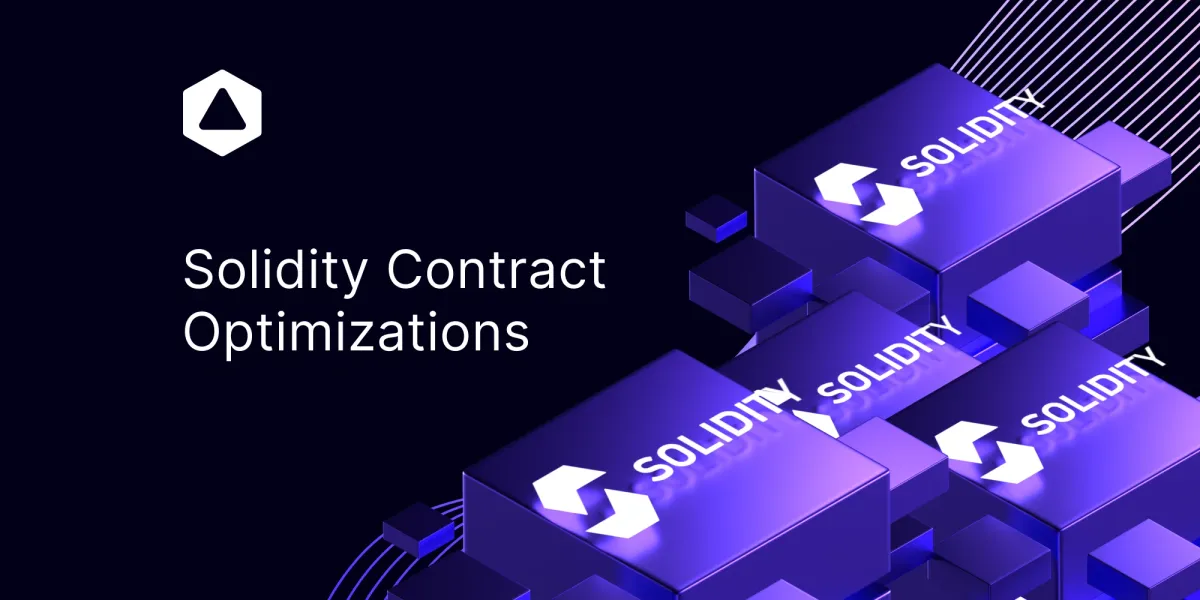
Also many developers are also prone to make mistakes that can lead to security vulnerabilities as happened countless times in the past.
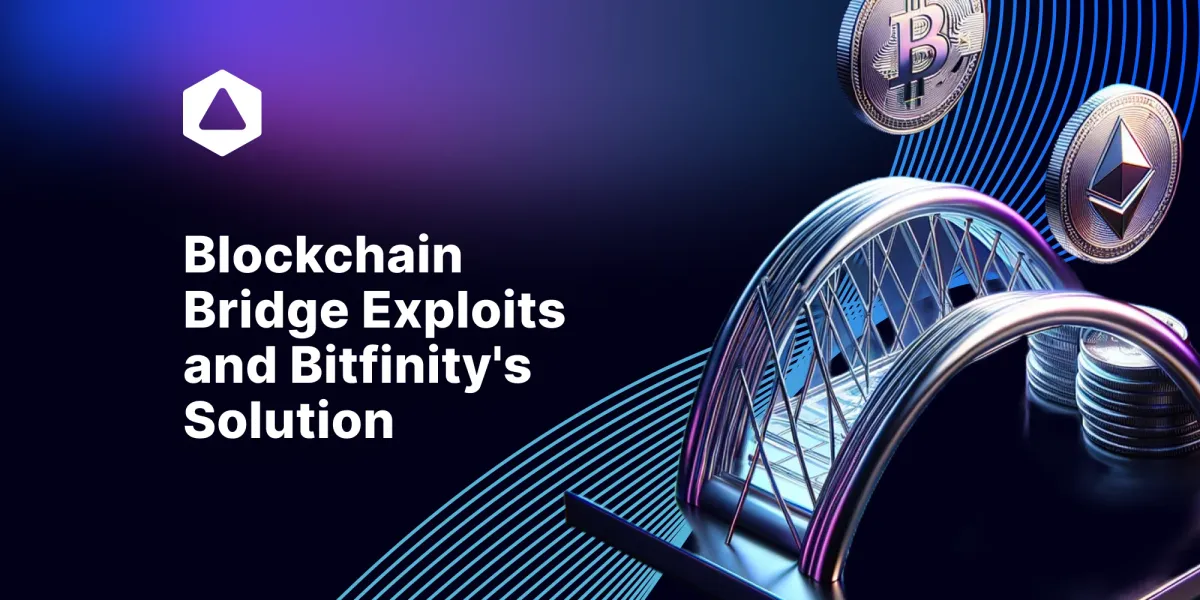
Alternatives to Solidity
As mentioned earlier, there are different forms of smart contract languages apart from Solidity. Below are some common alternatives with their unique paradigms and features.
- Vyper: Vyper is a Python-like language that focuses on simplicity and security.
- Rust: Rust is used in the development of the Parity Ethereum client and for writing smart contracts on Solana, among other blockchains. This language is known for its memory safety and performance.
- LLL (Low-Level Lisp-like Language): These languages are known as low-level because they provide a high level of control over hardware resources, memory management, and system operations, similar to traditional assembly languages. However, low-level languages have a higher level of abstraction and expressiveness compared to raw machine code or assembly.
- Scilla (Smart Contract Intermediate-Level Language): Zilliqa is responsible for developing this smart contract language, and it focuses on formal verification and security.
- Ivy: This language targets Bitcoin and makes it easier to write smart contracts on platforms like Bitcoin SV.
Conclusion
As you can see, Solidity is a powerful tool in the smart contract developer's arsenal. By understanding its key components, best practices, and potential drawbacks, you'll be well-equipped to create robust and secure decentralized applications. And with the Bitfinity EVM bringing Solidity and Bitcoin together, the possibilities are truly endless.

Connect with Bitfinity Network
Bitfinity Wallet | Bitfinity Network | Twitter | Telegram | Discord | Github

*Important Disclaimer: While every effort is made on this website to provide accurate information, any opinions expressed or information disseminated do not necessarily reflect the views of Bitfinity itself. The information provided here is for general informational purposes only and should not be considered as financial advice.





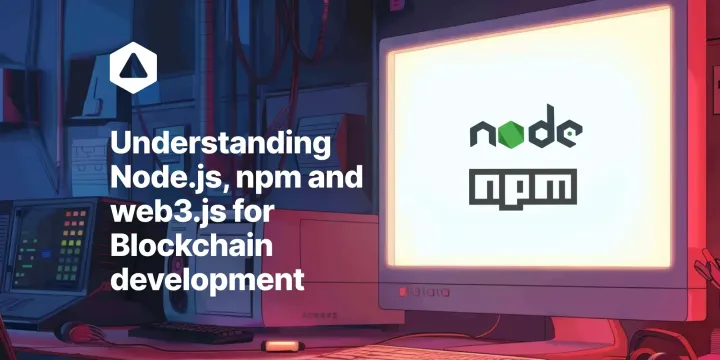
Comments ()